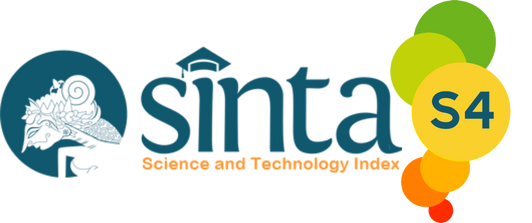Perbandingan Hasil Gambaran Os Processus Coracoid yang Optimal Pada Proyeksi AP Axial dengan Arah Sinar 200, 300, 400 Cranially
Abstract
Background: One part of the scapula that is usually done separately is the coracoid process. The
coracoid process will look better with AP positioning of the scapula with the hand abducted and the
cranial beam direction can show the coracoid process well. The angle used is between 15 to 45 degrees
with the direction of the cephalad beam. This photoshoot is usually done in cases of trauma. To obtain
accurate information in establishing a diagnosis, the researcher decided to conduct a study on the
comparison of radiographic results to obtain the optimal coracoid process with 200 , 300 , and 400 cranial
AP projections.
Methods: This type of quantitative research with an experimental study was carried out at the Radiology
Installation of Siti Rahmah Hospital, Padang in June 2022 using a sample of 3 patients, then read out
by 3 respondents and the data processing was calculated usingweight means score method examination
method using SPSS with Anova test.
Result: from the results obtained the average value of Os. coracoid process with AP Axial projection of
200 cranally is 1.55 next to Os. coracoid process with AP Axial 300 cranial projection the average value
obtained was 1.66 and at Os. coracoid process with AP Axial 400 cranial projection the average value
obtained was 1.74. Then from these three data, a significant value was obtained from SPSS calculations,
namely 0.734 (> 0.05).
Conclusions: The results of the study, namely the average results AP axial projection 200 cranially
1.55. The average AP projection axial 300 cranially is 1.66. The average result of the 400 cranially axial
AP projection is 1.74. So the angle needed to produce an optimal picture of the coracoid process on the
examination of the scapula is to use the AP Axial 400 Cranially projection because it is able to display
the coracoid process Os more clearly.
Copyright (c) 2024 Fikri Aulia Rahman, Cicillia Artitin

This work is licensed under a Creative Commons Attribution-ShareAlike 4.0 International License.







